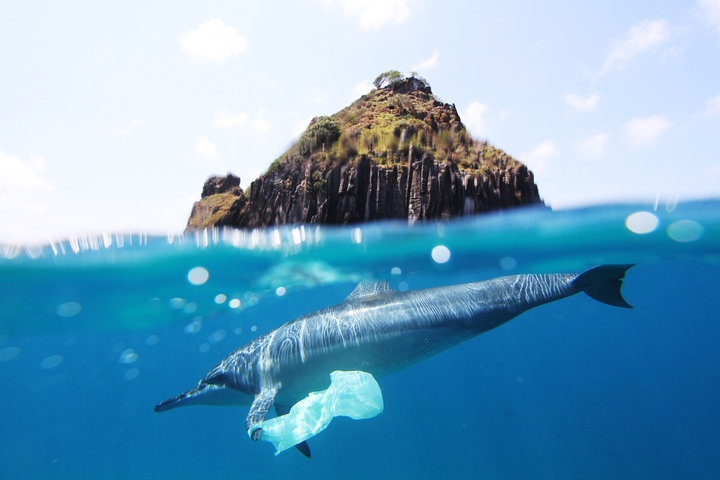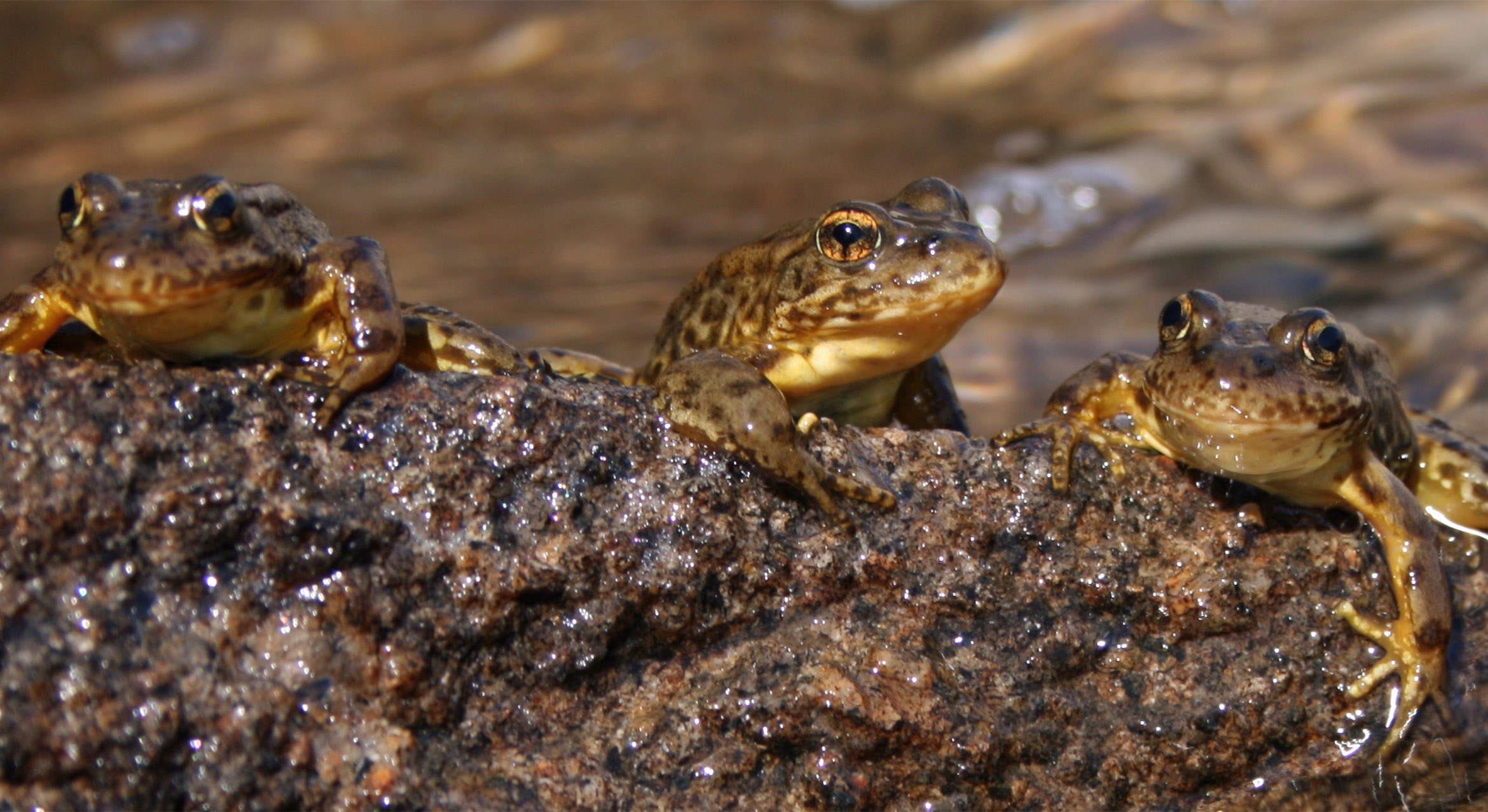
Ancient African Ground

To geologists, Earth’s early history is somewhat of a black box. Volcanoes, magma seas and meteorite impacts defined our planet’s surface from its formation, 4.6 billion years ago, until the earliest rock record appeared roughly 600 million years later. Hardly any original material survived this dynamic period, known as the Hadean Eon, so scientists have little recourse to test their theories.
Now a team of scientists, including researchers from UC Santa Barbara, have discovered crystals that formed earlier than 4 billion years ago in the Barberton Mountains of South Africa. Their findings appear in the journal Geology.
The Hadean eon was initially proposed in 1972 by former UC Santa Barbara professor Preston Cloud. He suggested that the first 600 million years of Earth’s history would have been a time of hellish conditions with abundant volcanism. Surface conditions were unlikely to have allowed for the preservation of a rock record, much less the rise of life.
Zircon crystals are among the few fragments that survived this violent period. Zircons are dense and relatively robust against all sorts of weathering processes. “That’s why, throughout the world, the oldest minerals that have ever been found are almost exclusively zircons,” explained the study’s lead author Ben Byerly, a geochemist and postdoctoral researcher at UC Santa Barbara.
Byerly has spent over a decade studying the geology of the Barberton greenstone belt deposit in the Barberton Mountains. Not only is this deposit incredibly old, but its rocks are relatively unaltered compared to many other rocks of similar age. This means many of their characteristics are really well preserved, Byerly said.
The team collected samples from sedimentary layers and separated small grains of zircon from the rest of the rock. Zircons naturally contain uranium impurities, which scientists can use to date a crystal’s formation. Since uranium decays into lead at a well-known rate, the researchers simply needed to determine the concentration of lead built up within the crystal to determine how long ago it formed. What’s more, the scientists can be sure that all the lead in the crystal came from radioactive decay because zircons naturally reject lead during their formation.
While running routine analyses on one sedimentary layer, Byerly and his colleagues realized that several of the zircons in the sample dated to the Hadean eon. After redoubling their efforts, the team found 11 zircon grains that formed more than 4 billion years ago. “This is only the second place on Earth where so many ancient crystals have been found,” Byerly said.
Most of the zircons, though, formed 3.4 billion years ago, and not just in the South African deposit. Hadean material in Australia also contains a preponderance of zircons of this age. “So this 3.4 billion-year-old event is potentially something global,” said Byerly.
Earth’s early history is replete with active volcanism and heavy bombardment by meteorites. Both of these processes could have contributed to the formation of zircons, and increased activity may be responsible for the high number of crystals that formed 3.4 billion years ago.
Researchers have already found evidence of about 10 enormous meteorite impacts associated with other sedimentary layers in the Barberton greenstone belt, from 3.5 to 3.2 billion years ago. Models suggest each impact could have boiled away dozens to hundreds of meters of ocean water and vaporized vast swaths of the planet’s surface. Several of these meteorites would have outclassed the rock that killed off the non-avian dinosaurs. “Potentially, the very largest ones could have completely sterilized the Earth,” Byerly said.
Understanding the conditions of early Earth revolves around deciphering in what kind of rocks these zircons formed. Analyzing the isotopes and trace elements in the zircons, as well as other mineral grains in the formation, will provide scientists with more insights in this regard. Byerly and his mentor Matt Jackson, a professor of earth science at UC Santa Barbara, are developing methods to measure minute quantities of strontium, neodymium and lead for isotopic analyses. They are currently focused on minerals from the Earth’s crust and mantle, including 3.3 billion-year-old lava flows from the Barberton greenstone belt.
“By studying these really old rocks, and especially by studying these really old zircons, we can help to answer questions like when did plate tectonics start? And when did the first continents form?” Byerly said.



